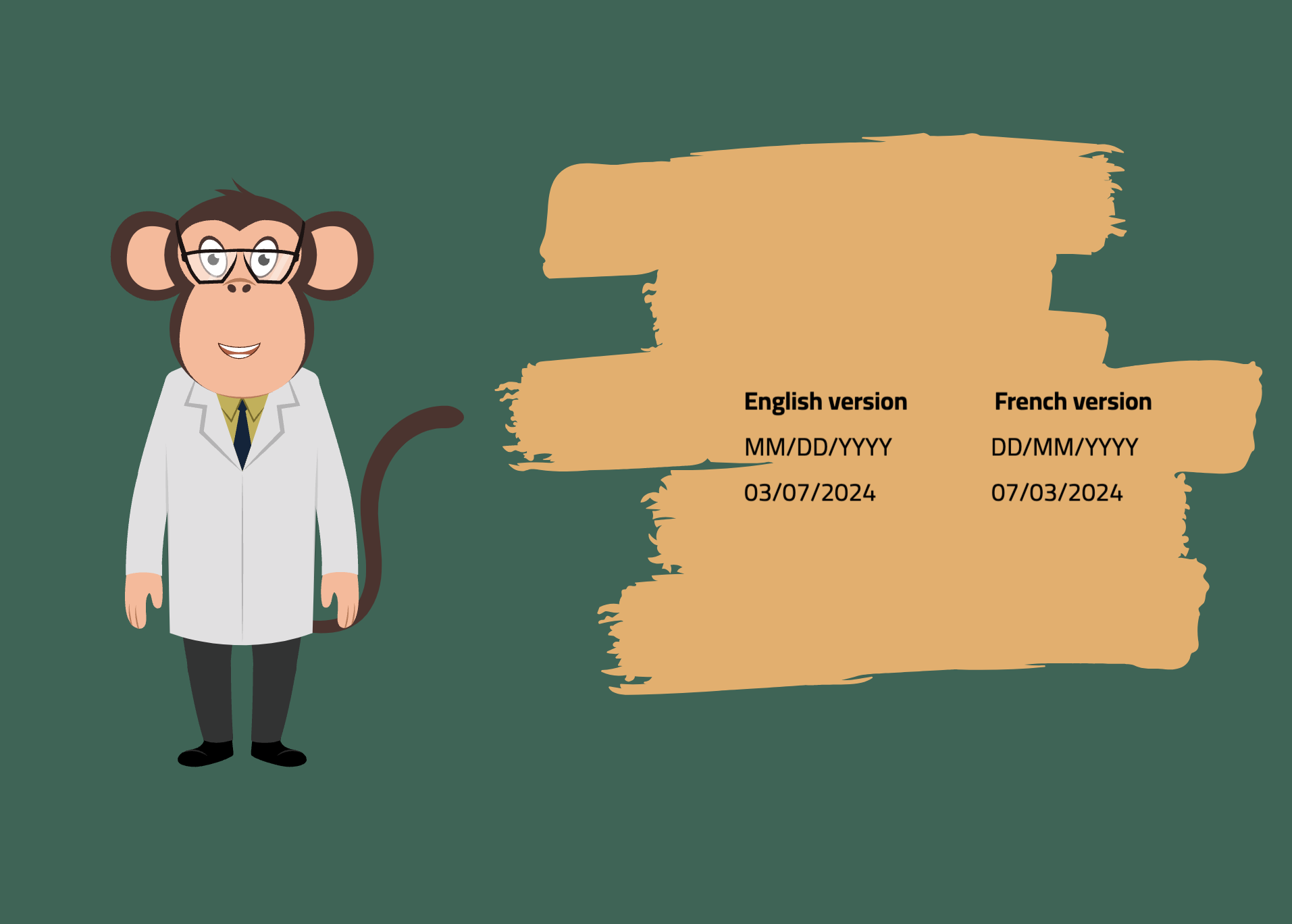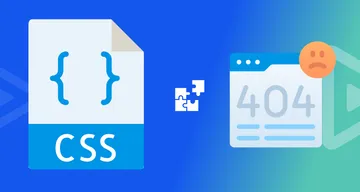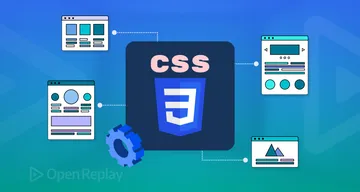The Untapped Powers of Multilingual Sites

What will you lose if your site doesn’t support multiple languages? This article will explain why and how you should include them in every website.

Discover how at OpenReplay.com.
The Untapped Power of Multilingual Websites
Almost everything in the world is designed for English speakers. What about les Français, Ndi Igbo, amaXhosa, and 한국인? Chết tiệt, what about les người Việt and die Deutschen?

Sometimes, it would be perfecto to open a website and immediately have the option to switch it to Español. I remember when mi abuela wanted to show me a picture of a rebozo, a traditional South American shawl from the olden days, and she couldn’t read English. She felt so lost porque she could not translate it into English.

Although there are more than 7,000 spoken languages worldwide, BrightPlugins reports that only 5% of websites are multilingual. Additionally, these multilingual websites can reach 75% more internet users who don’t speak English as their primary language. Acknowledging this fact alone gives you a competitive advantage.
As discussed in this article, multilingual websites offer many advantages. This article will go into depth about multilingual websites, the benefits of implementing this feature, and simple ways to go about it.
Statistics of Multilingual Websites
We have all seen a multilingual website. Most times, a pop-up would appear, offering language options to choose from. This minute yet powerful detail has proven its necessity in websites through extensive research and studies.

The following are some statistics related to multilingual websites:
- Native English speakers only make up about 5% of the global population. However, 52% of websites are written in English as of January 2024.
- 72.1% of consumers spend most or all of their time on websites in their language.
- 72.4% of consumers said they would be more likely to buy a product with information in their language.
- 56.2% of consumers said that the ability to obtain information in their language is more important than price.

- According to a 2011 study by the European Commission, which supported Common Sense Advisory’s findings, similar results were revealed from a survey of language preferences among internet users in 23 E.U. countries:
- Nine out of 10 Internet users said that they always visited a website in their language when given a choice of languages.
- Nearly one in five Europeans (19%) said they never browse in a language other than their own.
- 42% said they never purchase products and services in other languages.
- According to CSA Research, 73% of customers prefer reading product reviews in their native language.

Here’s why I broke down the statistics: I want you to be able to implement this feature the next time you build a new website without a hint of hesitation. Despite being so often overlooked, this feature can make a profound difference.
Benefits of Multilingual Websites
Here are some of the benefits of a multilingual website:
- This goes without saying: A multilingual website improves your multilingual audience’s experience.

This means that offering content in different languages opens up opportunities to connect with more people worldwide and makes your website more accessible to diverse audiences.
- People usually search Google in their native language. So, if your website is only in English, you’re missing out on many potential searches for the same content in different languages.
- Multilingual content lets people share your translated content on social media, boosting your visibility. If your website content is only in one language, the rest of your audience will not understand what you are offering.

In any case, to strengthen your online presence, it’s important to know your audience and communicate with them in a way they understand, so a multilingual website is never a bad idea.
How to Implement Multilingual Features in Your Website
I understand how tempting it may be to rely on Google Translate for non-English speakers to understand the content on your website.

The truth is, you’ll get far better results if you have a dedicated multilingual website SEO strategy.
¿Por qué?
Because people tend to first search on Google in their native language! Having content in multiple languages increases the chances of your website appearing in relevant search results.
Here are a few ways you can make your website multilingual:
Manual Translation
Manual translation involves writing different versions of your content in each language. Ensuring a personalized touch for diverse audiences. Here’s a simple guide to integrating manual translation on your website:
- Establish a new page for each language on your website.
- Copy the original content and meticulously translate it into the desired language.
- Provide clear links or buttons, allowing users to switch between language versions seamlessly.
Voilà!
Subdomains or Subdirectories
Creating separate sections for each language ensures a structured and organized multilingual website. Google recommends using different URLs for each language version of a page rather than cookies or browser settings to adjust the content language on the page.
Let’s take a hypothetical example of a website selling shoes in multiple languages. The website could have different URLs for each language version, for example:

In this example, the URL path includes the language code (e.g., en for English, es for Spanish, and fr for French).
To achieve this, consider these steps:
- Decide between using subdomains (e.g., shoestore.com/en).
- Establish distinct folders or subdomains for each language.
- Duplicate content and translate it for each language within the corresponding section.
Content Management Systems (CMS)
A Content Management System is a platform that helps you manage and organize your website. CMS platforms provide a centralized solution for managing multilingual content. Follow these steps to utilize CMS effectively:
- Choose a CMS with built-in multilingual support, such as WordPress or Drupal.
- Install and set up the CMS on your hosting server.
- Configure multilingual settings within the CMS and commence the translation process seamlessly.
Hiring Translators
For precision and authenticity, hire professional translators translators to convert your content. Here’s a guide to seamlessly integrate translated content into your website:
- Identify the languages you aim to support on your website.
- Hire proficient translators fluent in the selected languages.
- Collaborate closely with translators, providing access to content and ensuring accurate integration.
By incorporating these strategies, you’ll get a more inclusive and engaging online experience for a global audience.
Multilingual SEO Best Practices
Here are a few simple tips to make your website show up better in searches in different languages:
Apply hreflang tags
If you use different languages, use hreflang annotations to help Google search results link to the correct language version of a page.
Still using our shoe store, let’s consider how we can use hreflang annotations to help Google understand the relationship between these language versions:
<!-- English version -->
<link rel="alternate" href="https://www.shoestore.com/en/" hreflang="en" />
<link rel="alternate" href="https://www.shoestore.com/es/" hreflang="es" />
<link rel="alternate" href="https://www.shoestore.com/fr/" hreflang="fr" />
<!-- Spanish version -->
<link rel="alternate" href="https://www.shoestore.com/en/" hreflang="en" />
<link rel="alternate" href="https://www.shoestore.com/es/" hreflang="es" />
<link rel="alternate" href="https://www.shoestore.com/fr/" hreflang="fr" />
<!-- French version -->
<link rel="alternate" href="https://www.shoestore.com/en/" hreflang="en" />
<link rel="alternate" href="https://www.shoestore.com/es/" hreflang="es" />
<link rel="alternate" href="https://www.shoestore.com/fr/" hreflang="fr" />In the given example:
- For the English version, we indicated that the alternate versions are in Spanish(
es) and French(fr). - For the Spanish version, we indicated that the alternate versions are in English(
en) and French(fr). - For the French version, we indicated that the alternate versions are in English(
en) and Spanish(es).
Adding the right hreflang helps search engines show users the most fitting content in their preferred language.
Translate the “hidden” parts of your website
The “hidden” parts of your website refer to the text that works in the background and the pages that users only see when they perform a certain action. These include:
- Alt text for images
- Checkout pages
- Contact pages
- Error messages
- Meta tag titles
- Metadata descriptions
- Newsletter sign-up forms
These are particularly important for SEO as they appear in Google search results.
This is why you should translate them.
Place the language switcher in a prominent location
The last thing you’d want is for all the hard work you put into translating your content to be wasted by someone leaving your website because they don’t even realize it’s multilingual.
To optimize user experience on a multilingual website, place the language switcher prominently for easy access. This ensures visitors can easily choose their preferred language. Two effective locations are a floating switcher in the bottom-right corner, always visible even while scrolling, and a menu switcher in the header, easily found during navigation.
Avoid placing the switcher in less noticeable areas like the footer or sidebar to prevent users from missing the option and potentially leaving the site despite your translation efforts.
Account for dates and other formats
Ensure you’ve adopted each language version according to the numeric format the native speakers use. For example, if your website has English and French versions, you would present dates differently to cater to each audience as follows:

This ensures alignment with the conventions of the respective language speakers.

It’s smart to look at who you want to reach. Think about the people or markets you’re targeting. By checking where your website visitors are coming from, you can determine which languages they speak.
Adding more languages to your website takes time and effort. It’s a good idea to pick 2 or 3 languages that are more important for connecting with your audience. If necessary, you can always add more languages later on.
Takeaway
Multilingual websites, as you’ve read throughout this article, are probably too underrated for how powerful they are. From increased global reach to fostering inclusivity, these websites play a vital role in connecting businesses with diverse audiences.
The more languages a business offers, the better its user experience, engagement with a diverse customer base, and search engine visibility.
Kachifo!
Complete picture for complete understanding
Capture every clue your frontend is leaving so you can instantly get to the root cause of any issue with OpenReplay — the open-source session replay tool for developers. Self-host it in minutes, and have complete control over your customer data.
Check our GitHub repo and join the thousands of developers in our community.


